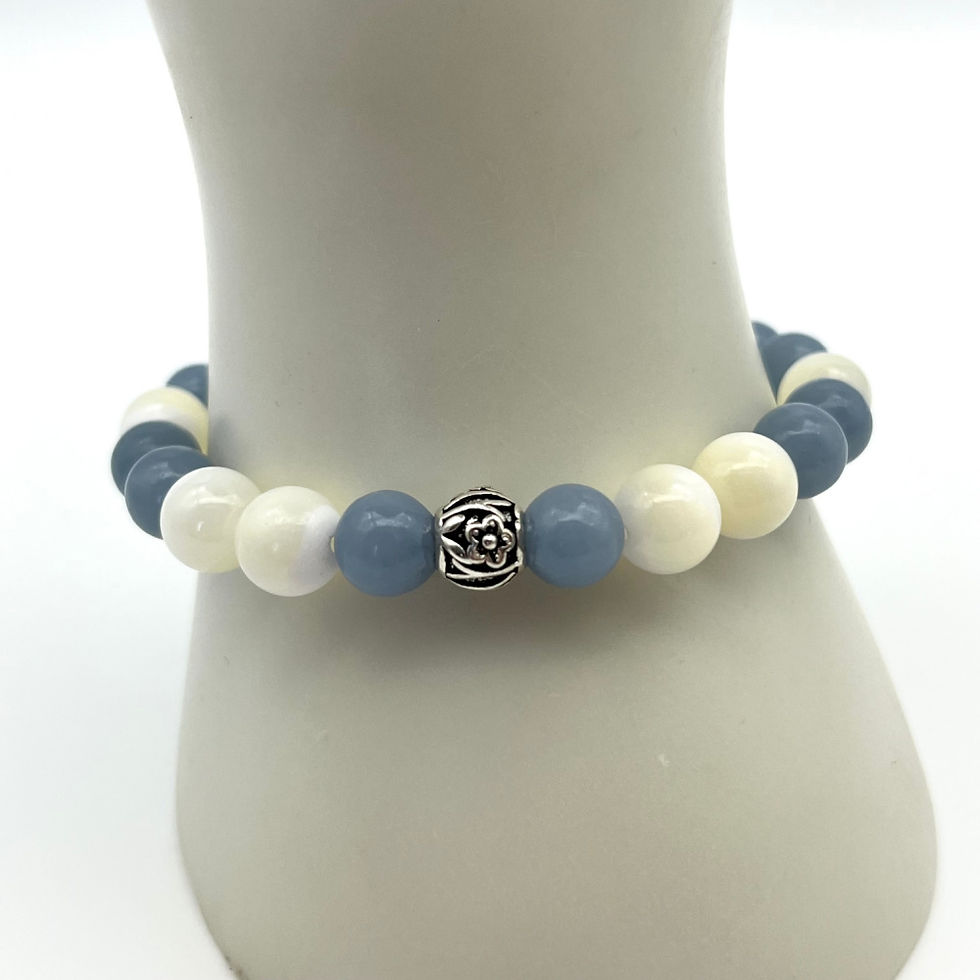collaborative guest post
Are you constantly fighting against your mattress to get comfy? Maybe you’ve got a stray spring or lump that is a literal pain in your side. Anything out of place can impact your quality of zzz’s at night.
Choosing the perfect mattress and base is a personal decision – there’s no one-size-fits-all way of going about it. However, there are a few questions you can ask yourself to discover what you want and need.
We’ll take you through the things you need to think about to help you find your perfect mattress!

Do I need to replace my mattress?
An obvious place to start is by looking at your current mattress. It needs to be replaced every eight years, regardless of the build and material. However, there are some other indicators that your old reliable is on its way out.
If your mattress is sagging, lumps or doesn’t feel as supportive as it used to, then it’s time to get a new one. Another key indicator is how you’re waking up. Aches and pains after a night’s sleep isn’t a good sign!
What position do I sleep in and how firm does my new mattress need to be?
While everyone tosses and turns during the night, we all have a preferred sleeping position: side, back or stomach. Knowing your sleep position is important, as this will determine how firm your new mattress needs to be.
If you’re a side sleeper, you’ll want a softer mattress that provides relief for your shoulders and hips and sits between four and six on the firmness scale.
For back sleepers, go for a mattress that’s a bit firmer – specifically a mattress between five and seven on the firmness scale that provides support for your lower back.
If you sleep on your stomach, you’ll want as firm a mattress as possible. Opt for between seven and nine on the firmness scale that lifts the hips above the shoulders and supports both.

What mattress material should I go with?
There are many different types of mattress materials out there for you to choose from, from the traditional and affordable innerspring, to the contouring memory foam. The material you go with depends on your sleeping position and personal preference.
Innerspring is the most common type of mattress on the market and uses a steel coil support system linked together in a layer inside it. It’s the perfect choice for those who prefer and/or need a firm mattress, like back and stomach sleepers.
Innerspring mattresses aren’t great for light sleepers as they don’t have much cushioning and can make noise when the springs move.
Memory foam mattresses consist of multiple layers of foam that contour to your body as you sleep, which is perfect for side sleepers. They’re also ideal for light sleepers due to the lack of springs, which means movement is not transferred across the mattress.
Other types of mattresses include:
Pocket spring: each spring is individually enclosed in its own fabric pocket.
Latex and Hybrid: a combination of springs and foam or other materials.
Pillowtop: a layer of soft material attached to the mattress cover.
Air chamber: air-filled compartments for support.
Waterbed: vinyl mattress filled with water.
Does my weight matter when choosing a mattress?
Thinking or talking about weight isn’t always fun, but it’s an important thing to think about when shopping for a mattress. Weight can impact the support, feel, cooling, and sinkage of a mattress, as well as affect your sleeping position.
If you’re on the lighter side (under 60kg), you most likely won’t be comfortable on a firm mattress as it won’t support your back. If your weight is more average (between 60 and 100kg), you’ll get what you need from a medium mattress. If you’re on the heavier side (over 100kg), a firm mattress is a must.

What bed base should I go with?
As well as the right mattress, you also need to think about the bed base and frame supporting it.
The variety of bed bases on the market include:
Slatted: flexible slats of wood that connect to either side.
Solid: fixed connections between each side of the bed with storage options.
Ensemble: box structures covered in fabric.
Platform: bases without a box spring.
Adjustable: the ability to adjust your mattress to position your body for sleep.
Box spring: boxes with spring inside.
All of these bases come with a variety of benefits, from being easy to install, light and durable, to giving your bed more height, assisting with blood circulation, relieving aches and pains, and being budget-friendly. However, there are also some cons to think about, such as cost, weight of the base, and compatibility with certain types of mattresses and bed linen.
With the important questions to ask yourself answered, you can buy your new mattress and bed base with much more ease and certainty. Picking the right one is a personal decision, so remember to buy with comfort and your needs in mind over the price, and you’ll end up with the bed of your dreams.








.png)





































